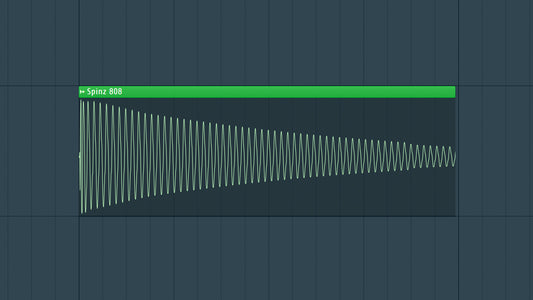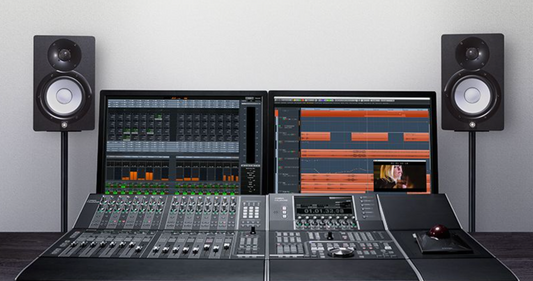Introduction
Since I started learning music production 15+ years ago, one of the number 1 things that has helped my mix is learning to mix in mono. The decision to mix in mono is a topic that divides opinions among engineers and producers. While stereo mixing is the conventional approach, there are instances where the merits of mixing in mono come to the forefront. In this blog, we'll explore the pros and cons of mixing in mono, shedding light on the potential benefits and drawbacks of this unconventional technique.
DOWNLOAD 20+ FREE SAMPLE PACKS - CLICK HERE

Pros of Mixing in Mono:
1. Clarity and Focus:
- Pro: Mixing in mono forces you to prioritize clarity and focus in your mix. With no stereo width distractions, you're compelled to ensure that each element is well-defined and occupies its own sonic space.
2. Better Phase Compatibility:
- Pro: Mono mixing can reveal phase issues more prominently. Identifying and resolving phase problems is crucial for ensuring that your mix translates well across different playback systems.
3. Enhanced Mono Compatibility:
- Pro: Mixing in mono inherently ensures better mono compatibility. This is advantageous for situations where your mix may be played on mono playback systems or in environments where stereo separation is compromised.
4. Mono Reference for Phasing:
- Pro: By periodically switching to mono during the mixing process, you can use it as a reference to assess the impact of stereo processing, ensuring that your mix translates well across different playback scenarios.
5. Level Balancing Precision:
- Pro: Mono mixing helps in achieving precise level balancing. Since the perceived loudness of a sound can be influenced by stereo width, mixing in mono ensures that you rely on objective volume levels.
6. Focused Listening:
- Pro: Mono forces you to listen more critically to individual elements within the mix. This heightened focus can lead to more meticulous EQ decisions and a cleaner overall sonic balance.
Cons of Mixing in Mono:
1. Loss of Stereo Depth:
- Con: One of the most apparent drawbacks is the loss of stereo depth and spatial imaging. Mixing in mono eliminates the wide panorama that stereo mixing provides, potentially sacrificing the immersive quality of your mix.
2. Challenges with Panning Decisions:
- Con: Panning decisions can be challenging when working exclusively in mono. Certain spatial effects and creative panning techniques may not translate as intended when the mix is later switched to stereo.
3. Potential Oversight of Stereo Effects:
- Con: In mono, the impact of stereo effects such as wide reverbs or intricate stereo imaging may not be fully appreciated. This can result in overlooking creative elements that contribute to the overall sonic character.
4. Less Realistic Representation:
- Con: Mono does not replicate real-world listening scenarios, as listeners typically experience music in stereo. This lack of realism might make it harder to judge the final mix's perceived impact on the audience.
5. Less Intuitive Mixing Workflow:
- Con: The conventional mixing workflow is built around stereo monitoring. Mixing in mono may disrupt the intuitive process, potentially slowing down the workflow for those accustomed to stereo-centric approaches.
DOWNLOAD 20+ FREE SAMPLE PACKS - CLICK HERE
Conclusion
Mixing in mono is a technique that comes with its set of advantages and drawbacks. While it might not be the default choice for every project, it can be a valuable tool in the mixing engineer's arsenal. The key lies in understanding when and how to utilize mono mixing effectively. Ultimately, the decision to mix in mono should be guided by the specific needs of your project, your desired sonic outcome, and your familiarity with the nuances of mono mixing. Whether you choose to embrace it as a primary approach or incorporate it as a periodic reference, the art of mixing in mono can contribute to achieving a balanced and translation-ready mix.




